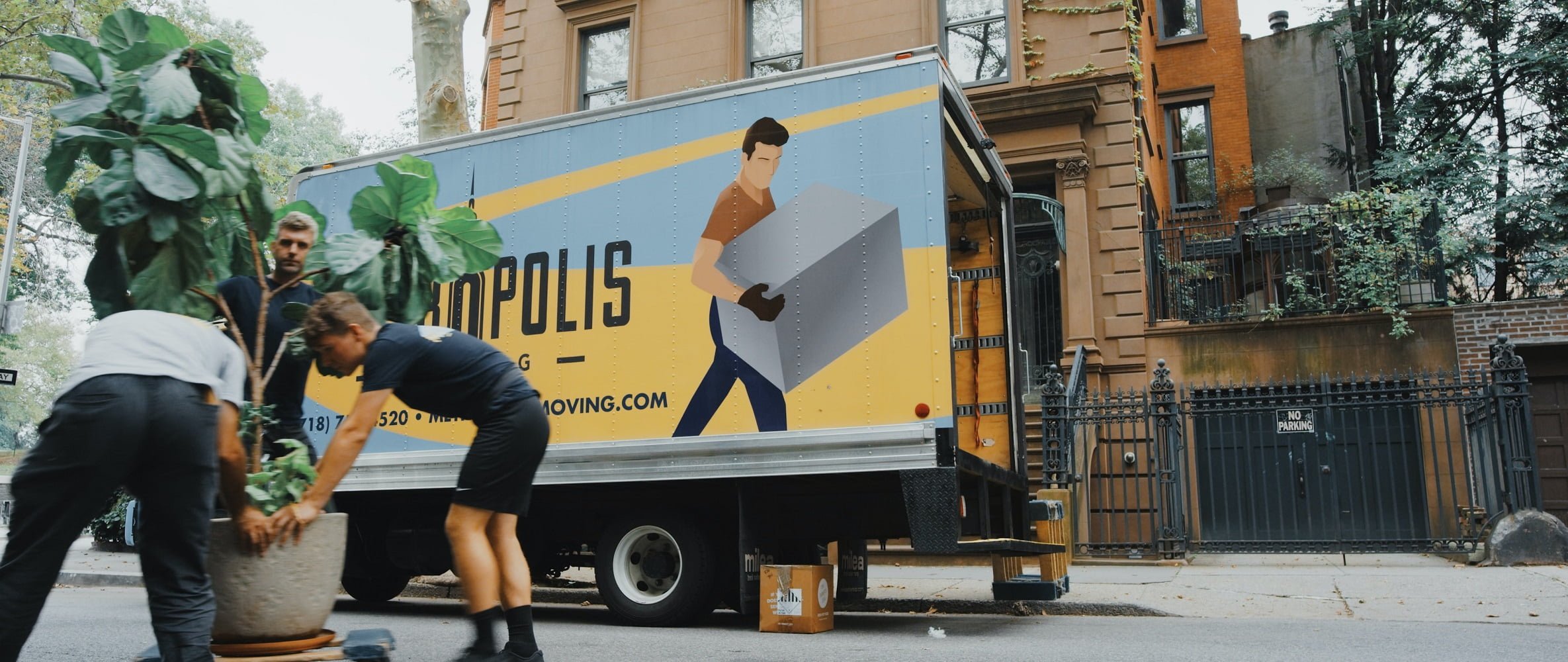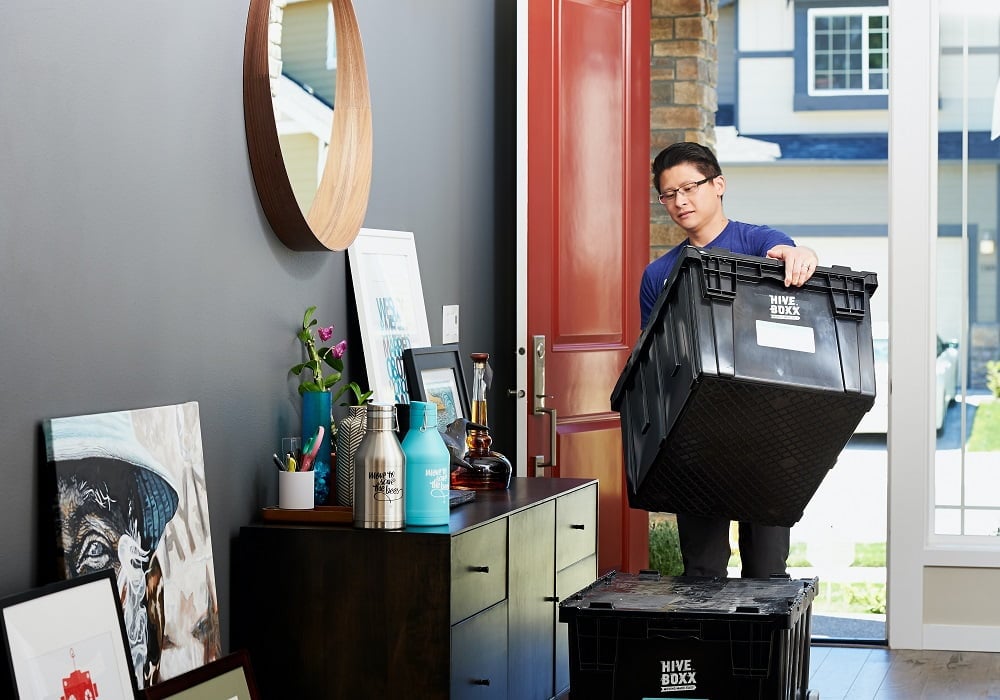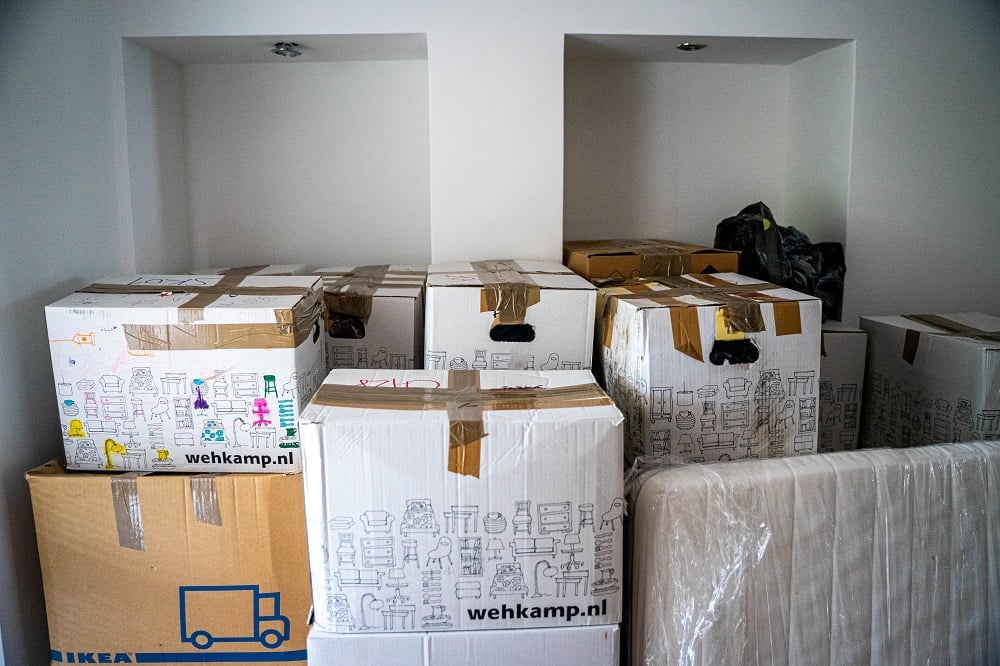Is the thought of packing your belongings for a move giving you the jitters? If you need to move out within the next few days, then we sympathize with your feelings. After all, it’s not easy to pack every necessity in a few hours' time. How do you figure out what makes the cut?

Allow us to intervene with our guide on how to pack a house quickly for moving. From sorting your essentials to discarding the non-essentials, we’ve covered it all.
Related Articles
How to Pack a House Quickly for Moving

Usually, people prefer to have a minimum of eight weeks before moving into their new home. However, the situation may require you to move with half the time, or even less. Hence, it becomes important to resort to speedy sorting and packing techniques.
-
Start Immediately
No matter how disheartened you are about having to move quickly, sitting and pondering won’t be of much help. Get started as quickly as you can, and avoid procrastination or any other distractions.
-
Prepare a Packing Guide
If you have some extra time to spare, we’d highly recommend preparing a packing guide. Simply jotting down the sequence of rooms (ie. living, bedroom) or categories (ie. apparels, utensils) will keep you on track. Additionally, you may allot a deadline for each section. Not only will this stop you from packing random things in a random way, but it’ll also assist in ensuring an organized effort from start to stop.

-
Get Down to Sorting
An advantage of quick sorting is that you get rid of many unnecessary things that would otherwise have crept into your luggage. Since you’ll want to wrap up the work as quickly as possible, you can save a lot of energy (and space) by packing only the essentials.
Begin by walking into each room and assessing each object that it houses. Next, separate them into three piles: “keep,” “donate,” and “throw away.” If you haven’t used an object in over a year, consider putting it in the “donate” or “throw away” pile. With that being said, there may be other factors for deciding its final destination.
For instance, a fragile showpiece kept unwrapped might hold some sentimental value. Although you may not put it on display, you may still like to have it at your new place. Likewise, some other objects may not have immediate use but can come in handy in the new surroundings.
If you’re having trouble deciding between whether or not to keep an item after considering everything, it’s probably best to let it go. Furthermore, you can also arrange for a garage sale or charity drive, given you have the time to do so. Remember that charity begins at home; your friends or family may well be interested in picking up things that are in a good, almost unused condition. Unusable plastic goods should always be dropped off at a recycling center.
-
Buy Packing Supplies
It’s always better to buy packing supplies after you know what you’ll be bringing with you. Head directly to a moving store or office supply shop to get the required amount of boxes, bubble wrap, packing paper, and cargo tape.
You may also use old packing boxes if you have them already. Beyond that, it’s quite a common strategy to get them for free from local businesses and people who have recently moved. However, while this may cut down on moving costs, it may not be the best practice to adopt when there’s a time constraint. It will take you longer to find free supplies. Even if you get them, you need to ensure that they are of the right size and in the proper condition. So, it’s better to purchase new ones.
In addition to buying sufficient packing material, make it a point to get specialized boxes or containers for the most fragile or expensive items whenever possible. If you’re moving locally, consider contacting a ‘green mover’ who supplies plastic bins for your packing requirements. Apart from being a more environment-friendly option, it eliminates the task of storing packing boxes post unpacking. Most green movers will deliver the bins on your convenient date and collect them after you finish unpacking.

-
Call In Your Friends Your Family
The more hands you have, the less time it’ll take to pack. Call in your friends or family members to help you with the task. Once they confirm, define their role for the day. For instance, some people may be assigned to pack the ‘keep’ pile, while others may begin with donation drives. To make it the last memorable gathering at your old place, add an element of fun by turning on some music, cracking inside jokes and playing challenging packing games.
-
Create a Visual Inventory
After deciding on the things that will go in the ‘keep’ pile, take photographs so that you have a visual inventory of your belongings. Furthermore, if you’re not good at setting up electronics or furniture, take a picture before dismantling them. This way, you won’t end up fighting with cables and furniture during setup at your new home. You can also click images of the old interior for reference.
-
Seek Help From Professionals
Hiring professional help will get the moving job done in the most efficient way. However, just because you have decided to get professional help doesn’t mean you can escape your responsibilities. The most important thing to keep in mind is that in a bid to save time and hassle, you may end up paying considerably more. Hence, it might be better to compare rates. Comparing the charges of three or four services won’t take a lot of time, and you improve your chances of getting the best deal.
On that note, don’t be surprised if your preferred company charges you an ‘emergency rate’ due to the time crunch. Apart from packing services, you may also get in touch with a pick-up company to get rid of any excess junk. All you have to do is select a date and inform the service about the amount of junk to be cleared. Most companies will charge you a rate per pound along with a distance fee, if applicable. Again, don’t forget to compare the offers.
If you plan to donate to a charity, ask them if they’re willing to pick up the items, especially if there’s a lot to carry. Similarly, many non-profit organizations may also assist with the drop-off, saving you precious time. However, some others may offer their service on a fixed date and specific location, so make sure you can match that schedule.

-
Discard Non-Allowable Items
For people who plan to opt for a professional mover, there’s one crucial step to follow. Ask them for a list of non-allowable items that they won’t transport for safety reasons. Otherwise, you end up wasting time packing such things that will ultimately have to be left behind. You can always choose to carry them with you, if convenient.
-
Keep a Close Watch Throughout
Whether you opt for a professional packer, mover, or both, it’s always advisable to keep an eye on the whole process. For instance, make sure that the right items are going in the right boxes. Similarly, ensure that the boxes containing the most delicate objects will be transported in the safest manner. If you’re packing on your own, keep in mind that large appliances may need special preparation to be packed. Use labels or sticky notes to notify any helpers of what needs to be done.
Final Words
Packing a house isn't a very difficult job per se, but the rigid time frame can amp up the challenges. Begin with a calm and relaxed mind. Anxiety and stress can consume more time than the actual job.
Before you begin packing (either yourself or with professional help), set aside the things that you will need till the moving day. Don’t mix the things that you will need right after moving in with your other belongings. This way, you won’t have to open every box to get something simple like a toothbrush.
Hope our guide can ease your troubles on the d-day. We’d love to hear from you in the comments down below.
